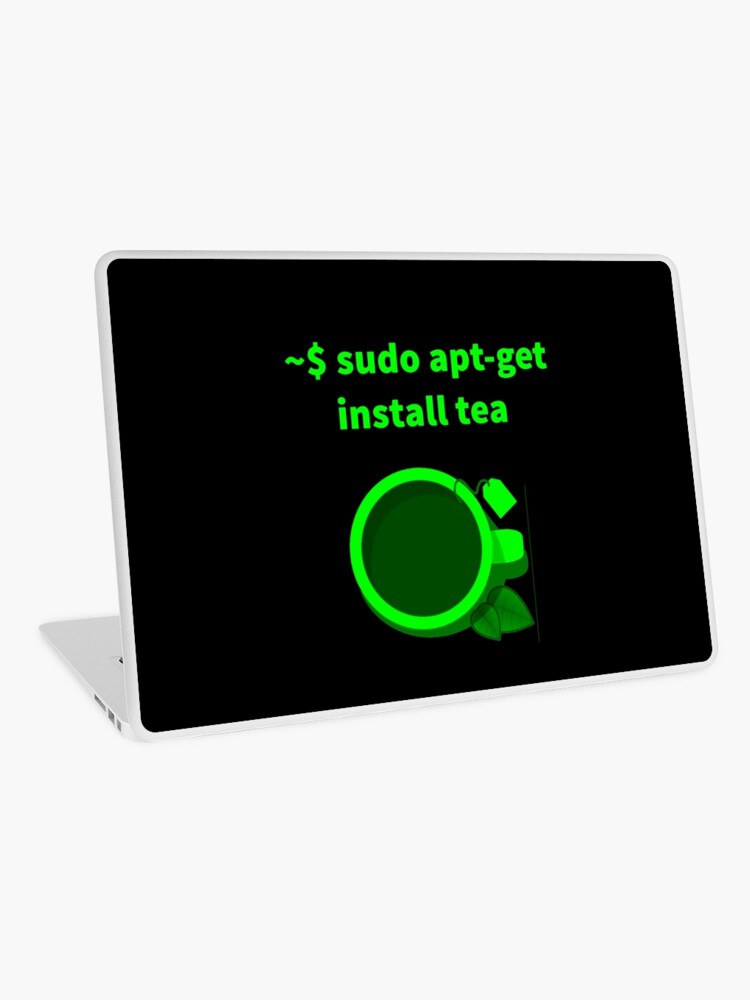- Apt-get Mac Python
- Apt Get For Mac
- Apt-get Equivalent For Mac
- Apt Get Command Not Found
- Apt-get For Mac Os
Apr 23, 2020 So macOS have few alternatives which work the same as the APT. These alternatives are used for the same work of APT and come with a few different/better features. Method 1: Installing Homebrew in macOS. The command ‘apt-get‘ is intended for installing packages on Linux systems. Homebrew is the equivalent for the Mac. APT is a collection of tools distributed in a package named apt. A significant part of APT is defined in a C library of functions; APT also includes command-line programs for dealing with packages, which use the library. Three such programs are apt, apt-get and apt-cache. They are commonly used in examples because they are simple and ubiquitous.
The simplest way (which I'm sure you've already tried, but hey, let me add it to the thread anyway) is to enter abc.dmg into the search box on the top right of any finder window, then select 'File Name' from the options on the Search Bar that appears. No need for the terminal. Also remember that Spotlight only indexes directories specified in the Spotlight control panel and abc.dmg may not be in one of those directories.
Arcangelo Passaro You Can Skip The Apt-get Line For Mac Download
The Fink project provides apt-get for OS X. So you may want to use that. This is really off-topic for Stack Overflow (or marginally on-topic as it pertains peripherally to install Ruby gems), so I recommend asking on Unix.SE or Ask Different instead. It is possible to use apt-get on OS X 10.9 like Deb based Linux using a third party software named Fink - How to Install apt-get on Mac OS X. However, unlike Homebrew and OS X Package Managers, Fink does not use /usr/local/ path to install software. Possible Duplicate: Apple / Mac OS X - Is there a Package Manager like Linux Is there a version of apt-get on Mac OS X? If not, or it is not recommended, what similar installers are there?
Also, apt-get is not going away, it will be still available and also, sadly, I have found that apt can't do all the things that apt-get can, so it won't be a permanent replacement for us power users. (kind of silly if you still need another command, because one can't do it all). On most systems you can install OpenFace using the download_models.sh followed by./install.sh script, if that does not work or you already have a number of dependencies installed and want to link to them use the following steps. Sudo apt-get install git libgtk2.0-dev pkg-config libavcodec-dev. Installing Git. Let’s get into using some Git. First things first—you have to install it. For example, if you’re on a system that has yum (such as Fedora) or apt-get (such as a Debian based system), you can use one of these commands to install all of the dependencies. $ apt-get install git Installing on Mac.

Apt-get Mac Python
Correct me if i'm wrong, but i think the find command needs to know what to output: find / -name abc.dmg -print.should print any results to the terminal (including permission errors). If you don't want permission errors and want to search other User directories then: sudo find / -name abc.dmg -print.
Apt Get For Mac
Download the Packages from Microsoft Visit the PowerShell project’s on GitHub to find the packages. Download the appropriate one for your operating system:. Ubuntu 16.04: Download the package ending in “16.04.1amd64.deb”.


Ubuntu 14.04: Download the package ending in “14.04.1amd64.deb”. CentOS 7 and Red Hat Enterprise Linux 7: Download the package ending in “el7.centos.x8664.rpm”. Mac: Download the package ending in “.pkg”. How to Install PowerShell on Linux With the package downloaded, launch a terminal window on your Linux desktop. You’ll now need to install the package’s dependencies and the package itself. On Ubuntu 16.04, run the following commands: sudo apt-get install libunwind8 libicu55 sudo dpkg -i /path/to/powershell.deb So, if you downloaded the package “powershell6.0.0-alpha.9-1ubuntu1.16.04.1amd64.deb” to the Downloads folder in your home folder, you’d run the following commands: sudo apt-get install libunwind8 libicu55 sudo dpkg -i /Downloads/powershell6.0.0-alpha.9-1ubuntu1.16.04.1amd64.deb Note that you can to speed up this process. For example, if the file was in your Downloads folder, you’d type /Downloads/powershell and then press Tab.
Apt-get Equivalent For Mac
Bash will automatically complete the file name if it’s the only file that starts with “powershell” in that directory. On Ubuntu 14.04, run the following commands: sudo apt-get install libunwind8 libicu52 sudo dpkg -i /path/to/powershell.deb On CentOS 7, run the following commands: sudo yum install /path/to/powershell.rpm If all goes well, PowerShell should now be installed on your system. How to Install PowerShell on a Mac To install PowerShell on a Mac, just double-click the downloaded.pkg file. It will launch a package installer and install PowerShell like any other application.

Apt Get Command Not Found
At the moment, the package doesn’t appear to be signed, so you’ll have to bypass to install it. To do so, right-click or Ctrl-click the file.pkg, select “Open”, and agree to run the installer.
Apt-get For Mac Os
How to Launch PowerShell on Linux or Mac RELATED: Open a terminal and run the “powershell” command to access a PowerShell shell environment. This works on both Linux and Mac–whichever you’re using. You’ll see a PowerShell prompt beginning with “PS”, and you can just as you would on Windows. To leave the PowerShell prompt, just type “exit” and press Enter or close the terminal window. For more detailed information, visit the PowerShell project’s. You can download the source code, report issues, and view more official documentation there.